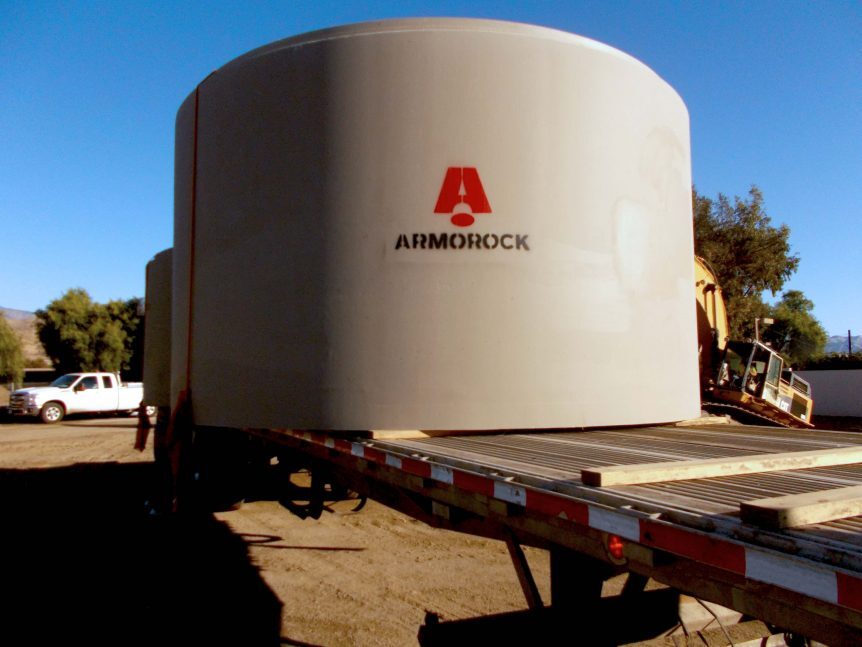Polymer Concrete vs. Fiberglass and Traditional Concrete Wet Wells
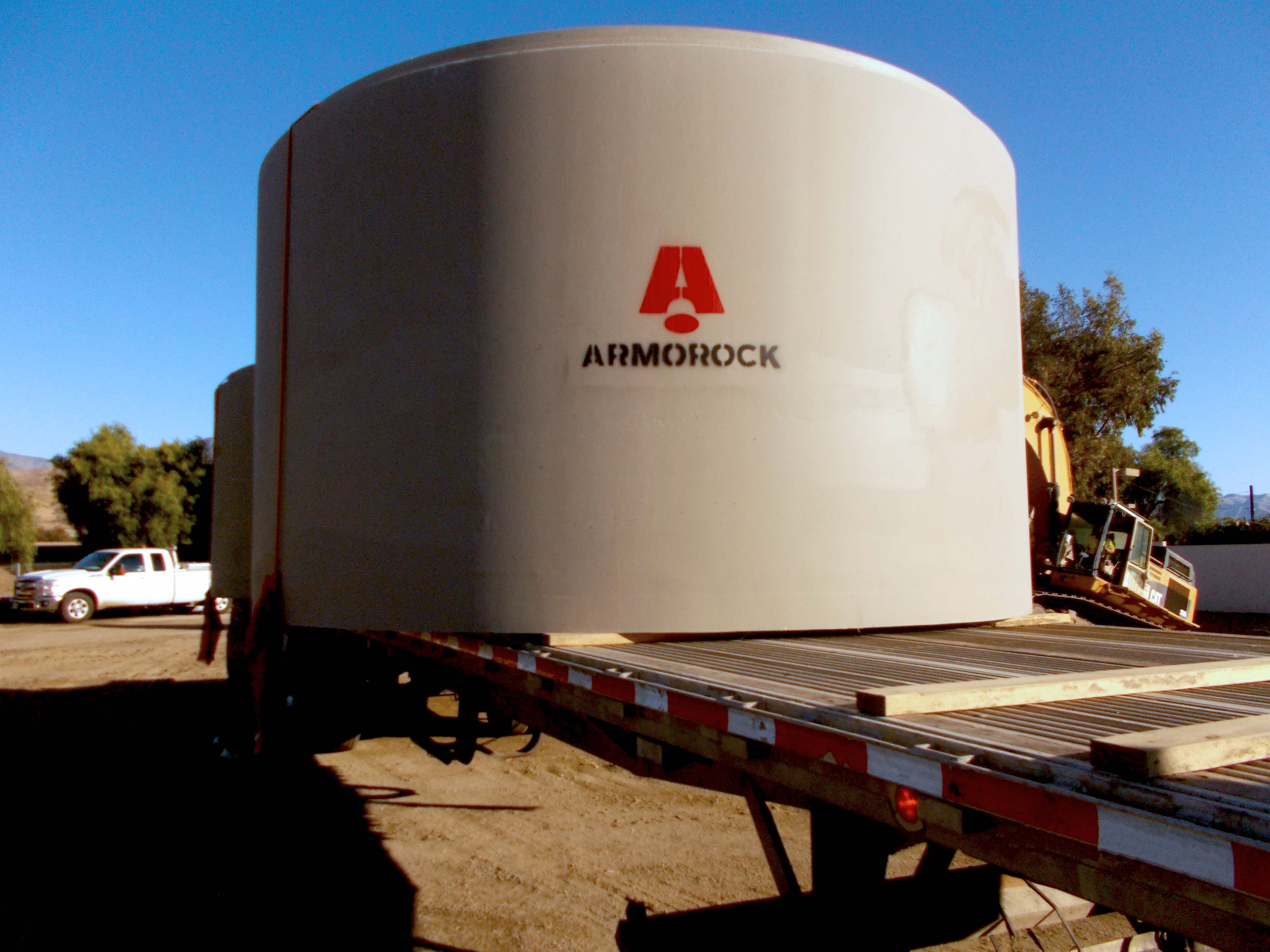
Polymer concrete, as covered in “Why Choose Polymer Concrete: The Benefits of Polymer Concrete Wet Wells”, is an alternative to traditional wet well materials such as precast concrete and fiberglass. Polymer wet wells combine many of the benefits of fiberglass and concrete, such as resistance to corrosion and workability, respectively. While Romtec Utilities does not design systems around any one product or material, polymer concrete is a great option when looking to combat corrosion from hydrogen sulfide gas (H2S) and other corrosive elements in wastewater.
Romtec Utilities is incorporating the use of polymer wet wells into our projects, including the Harvest at Limoneira project in Santa Paula, California. The Harvest at Limoneira lift station is a wastewater lift station which handles flows from a new residential development. This station was designed to be one of the City’s larger regional systems and cover a wide range of inflow from the new development. Initial flows to the lift station will be low, and increase over time as more land is developed for residential use. Because of this, Romtec Utilities designed this system to be a “phased” system that could handle both the initial, as well as the future flows to the station.
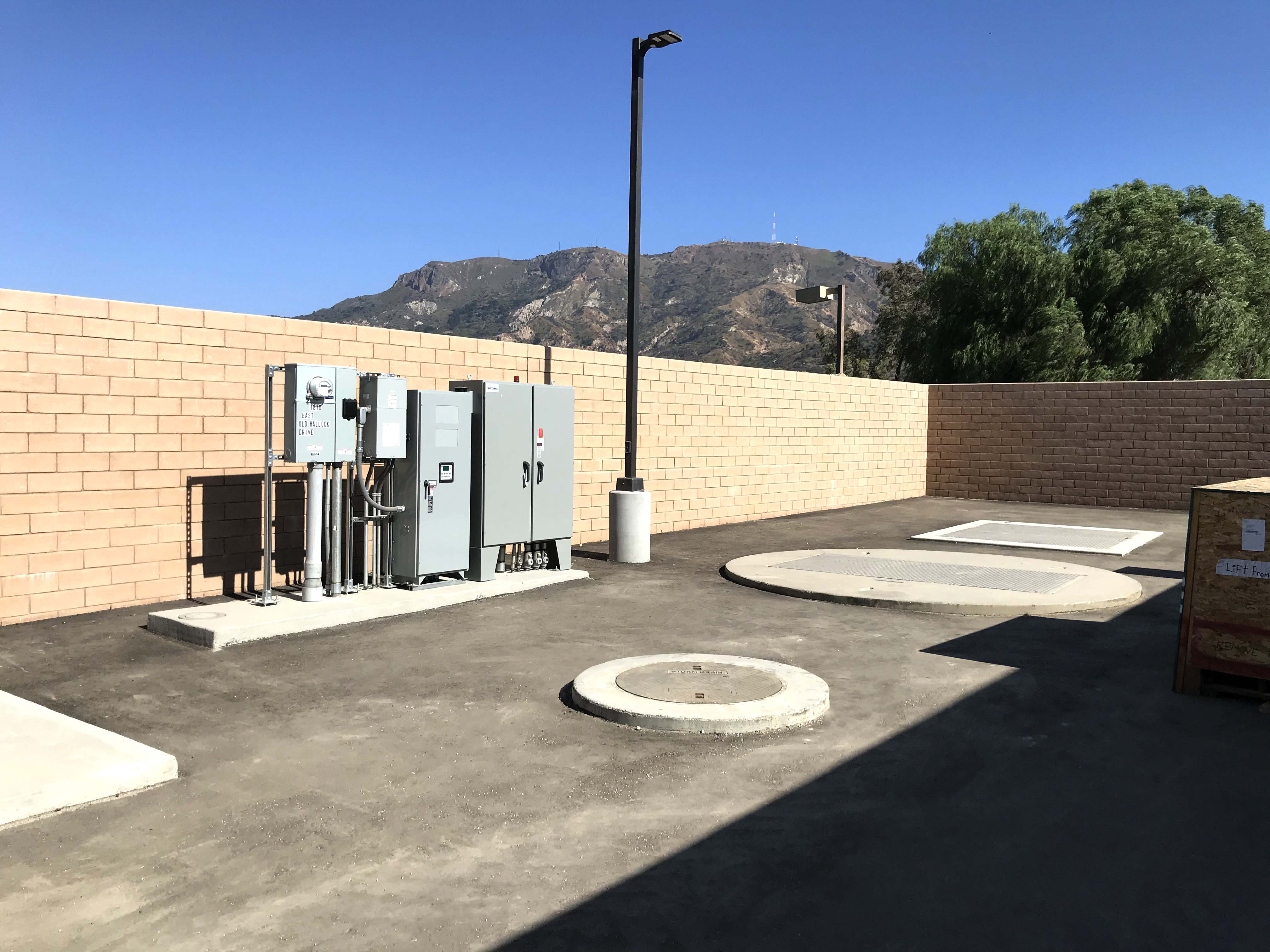
Due to the size of the area that would be serviced by the Harvest at Limoneira lift station, a large 12’ inner diameter (ID) polymer wet well was selected. This wet well is much larger than typical well sizes, and is the largest polymer wet well that Romtec Utilities has ever supplied. The 12’ ID wet well extends to 31.6’ in depth, and is large enough to accommodate the future flows to the station.
Inside the wet well, three 15 horsepower Vaughan Submersible Chopper Pumps will pump out the waste water and chop up any solids that are in the system. Solids can cause blockages and damages to both the force main and the wet well components, leading to costly maintenance and repairs. The chopper pumps in this station will chop up any solids, including items like wet wipes that can accumulate, before the waste reaches the force mains.
This lift station features numerous upgrades that will extend the life of the system, including the large polymer wet well. Each type of wet well has a time and a place when it is the best application, and numerous project factors are considered when making this decision for any lift station project that comes to Romtec Utilities.
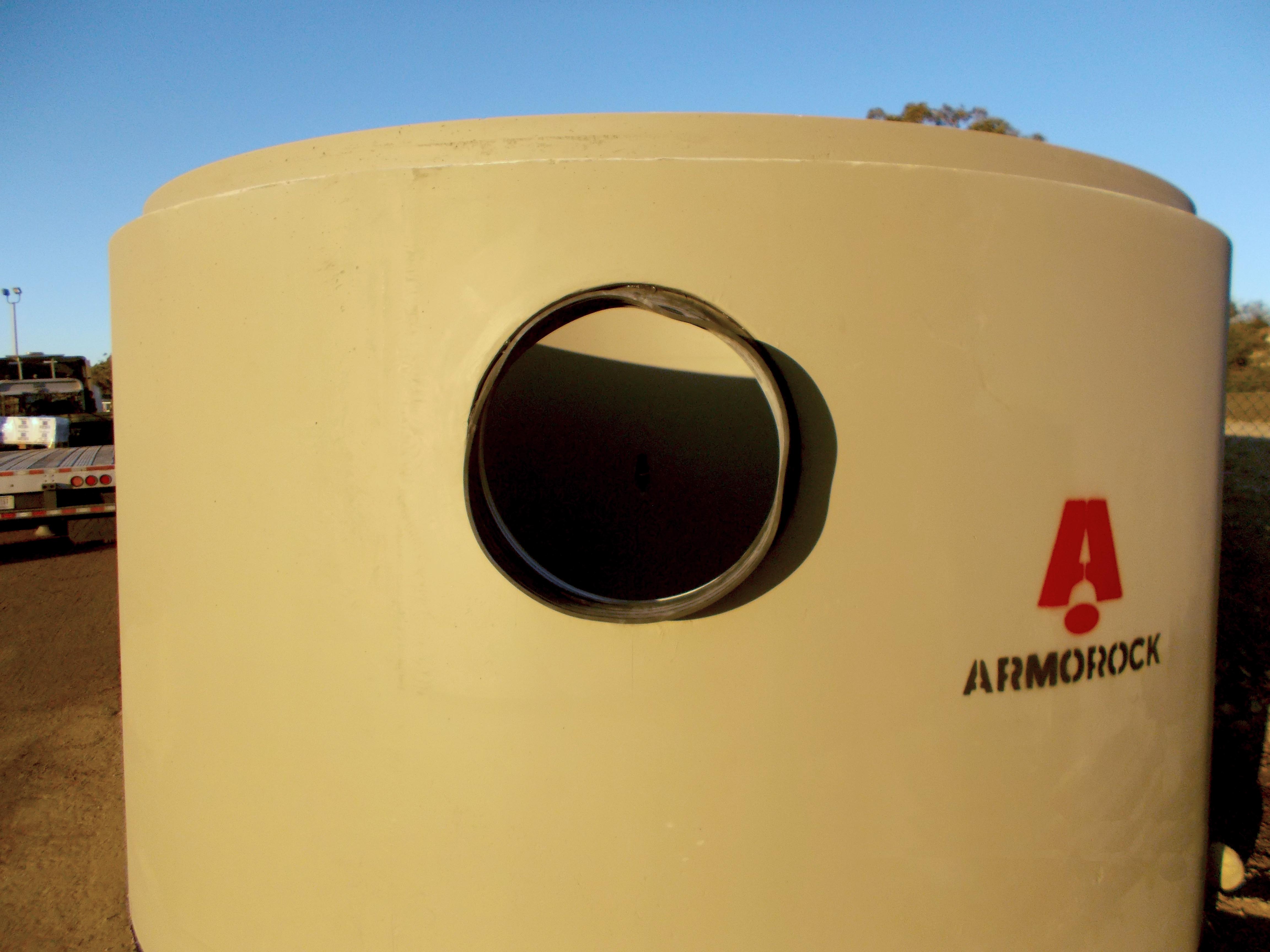
A driving factor behind the polymer concrete wet well at the Harvest at Limoneira project were the standards of the City of Santa Paula and the Ventura Regional Sanitary District. The City of Santa Paula and the district are very conscientious of corrosion, especially with the initial inflows to the station being low. The initial low flows result in wastewater sitting for longer periods of time between pump down cycles, increasing the potential for the water to become septic and produce H2S gas.
Ultimately, the City and district decided against precast concrete with coatings. Coatings on precast concrete wet wells provide an added layer of protection from corrosion, but also require additional preparation, application, and cure times for each layer of the coating. With the city’s decision against coatings, the options for this wet well were polymer concrete or fiberglass.
High end fiberglass wet wells can be costly, and the quality of the fiberglass can vary depending on the manufacturer’s low grade. Fiberglass also loses workability after it is molded. Meanwhile, polymer concrete maintains the workability of precast concrete and rivals the cost of coated concrete wet wells. Since coatings are not required for polymer wells, customers can save time on a project by selecting polymer over coated concrete.
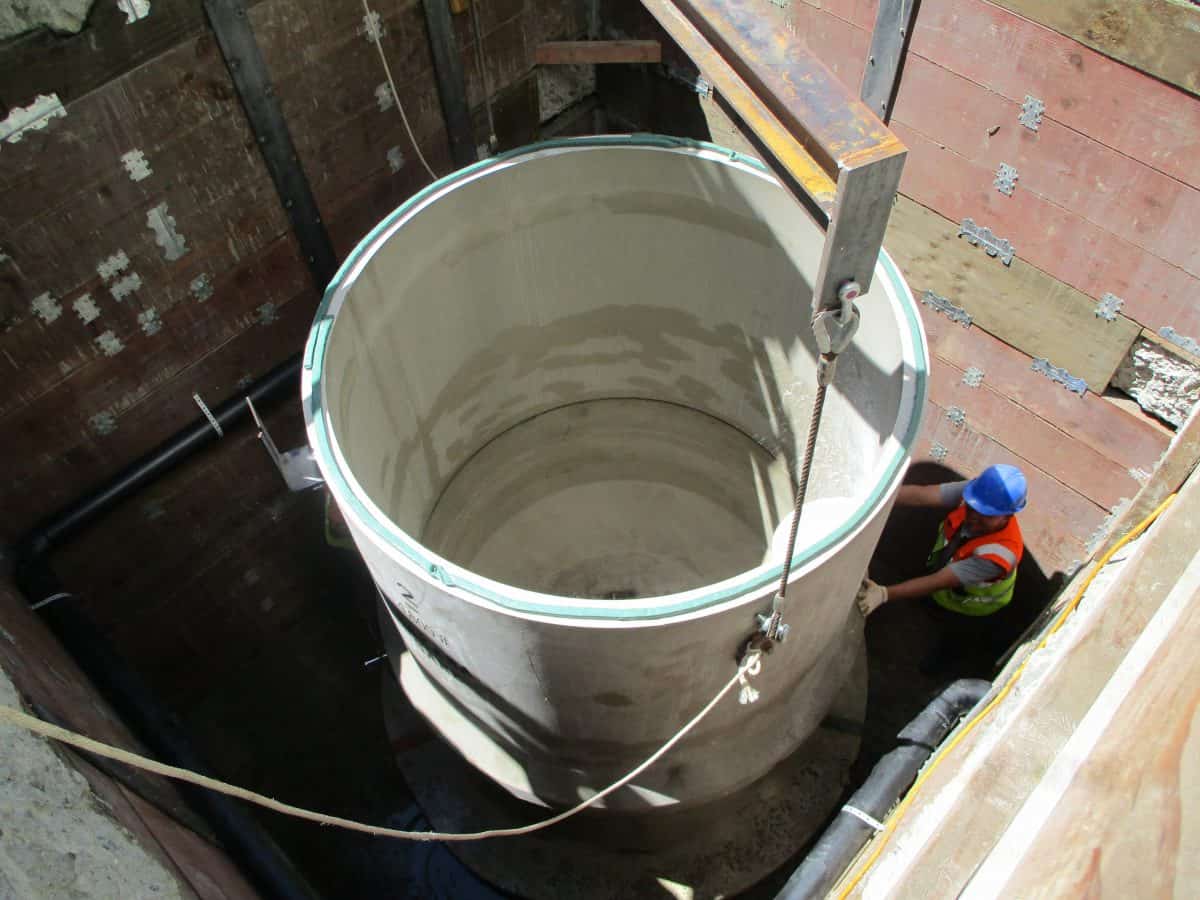
A Polymer well was the best option for the design parameters of the Harvest at Limoneira Project. With a manufacturer (Armorock) in neighboring Nevada, availability of the polymer wet well was no issue in California.
The Harvest at Limoneira project included many upgraded features to extend the life of the lift station. This wet well is one of the larger wet wells that Romtec Utilities has provided overall, and the largest polymer wet well that we have supplied thus far. Polymer concrete was the best option for the circumstances surrounding this lift station, and the best option for our customer. The City of Santa Paula’s awareness of the corrosion potential allowed them to set the stage for the project, and allowed Romtec Utilities to source the best wet well to meet their standards and concerns.

